2023 Hyundai Palisade First Drive Review: A favorite gets better

ASHEVILLE, S.C. — The 2023 Hyundai Palisade isn’t the new kid in school anymore. It’s established, selling like gangbusters and still being lauded by everybody here at Autoblog — Senior Editor John Snyder even bought one last year. This 2023 refresh is a textbook example of what an update should look like for an already successful car. A long list of tiny tweaks and improvements make the Palisade that little bit better than before, and instantly noticeable styling changes ensure you know that you’re looking at the refreshed Palisade, not the old one.
Hyundai’s new beak is easily the most contentious or brow-furrowing revision on display here. The grille is larger than before, offers both a blacked-out or shiny look, and there’s a new horizontal shield right on the leading edge of the hood. It looks a little out of place, and it’s left some of us with the opinion that this refreshed Palisade actually looks worse than the original design. You’ll need to look closely to notice other changes, such as redesigned headlights, a new lower rear bumper and new wheels.
The new XRT trim is meant to appeal to folks wanting a Palisade that looks more rugged, but doesn’t actually improve off-road capability in any way. In person, it’s the most handsome of the redesigned Palisades. The blacked-out trim and grille makes the big SUV stand out more, in a good way, than any of the whole-model design changes do. The Limited trim snags the black grille, too.
Although the Tucson and Santa Fe offer hybrid and plug-in hybrid powertrains, the Palisade continues to offer only a 3.8-liter V6 with 291 horsepower and 262 pound-feet of torque. Just like before, front-wheel drive is standard on every trim, with all-wheel drive being an added cost option. The only new powertrain addition is a new Tow Mode that comes standard when you option all-wheel drive. Toss it into this setting, and the transmission will hold gears longer and reduce the frequency of shifts . Maximum towing is unaffected, though, as capacity is the same at 5,000 pounds.
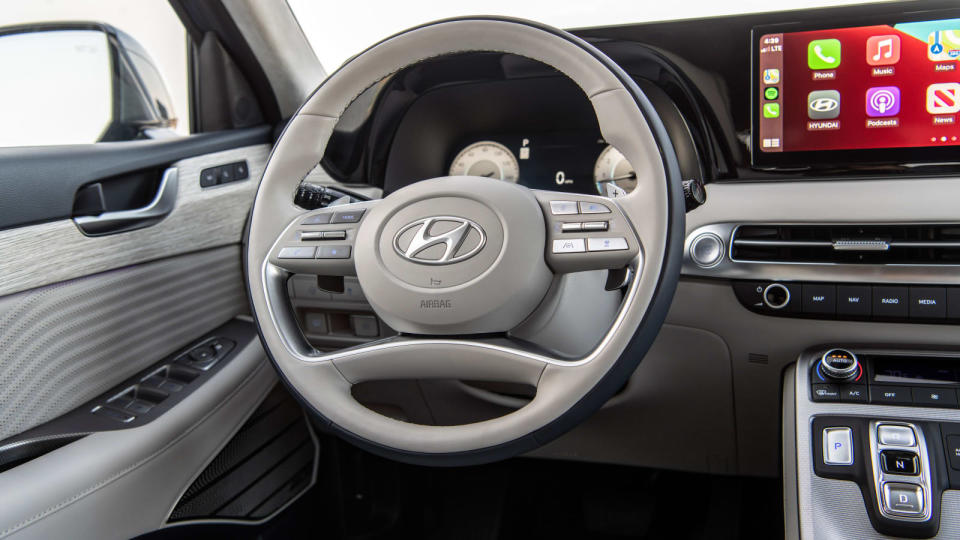
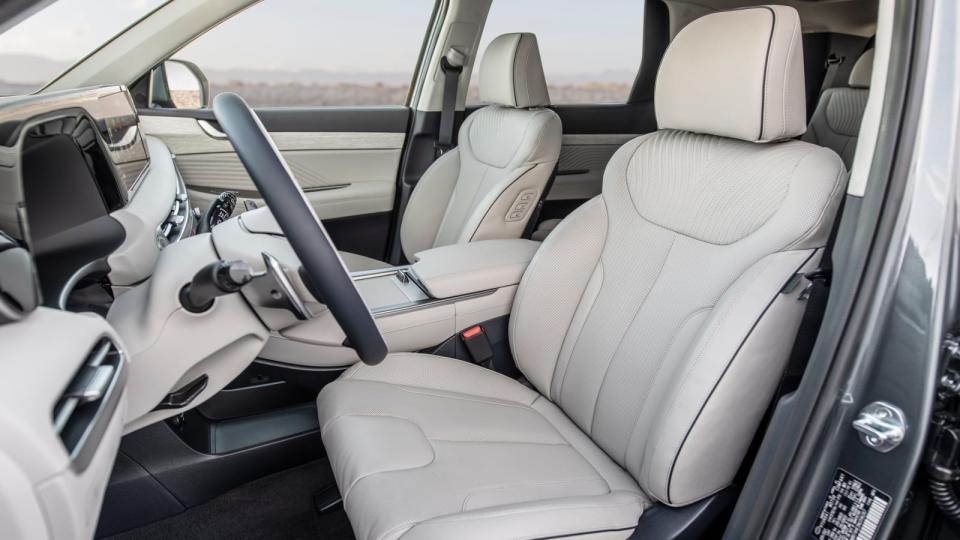
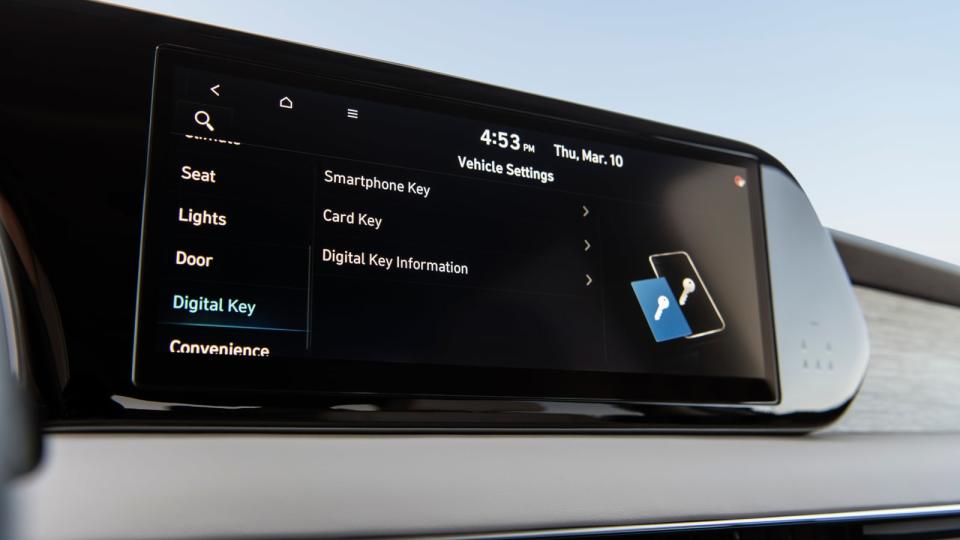
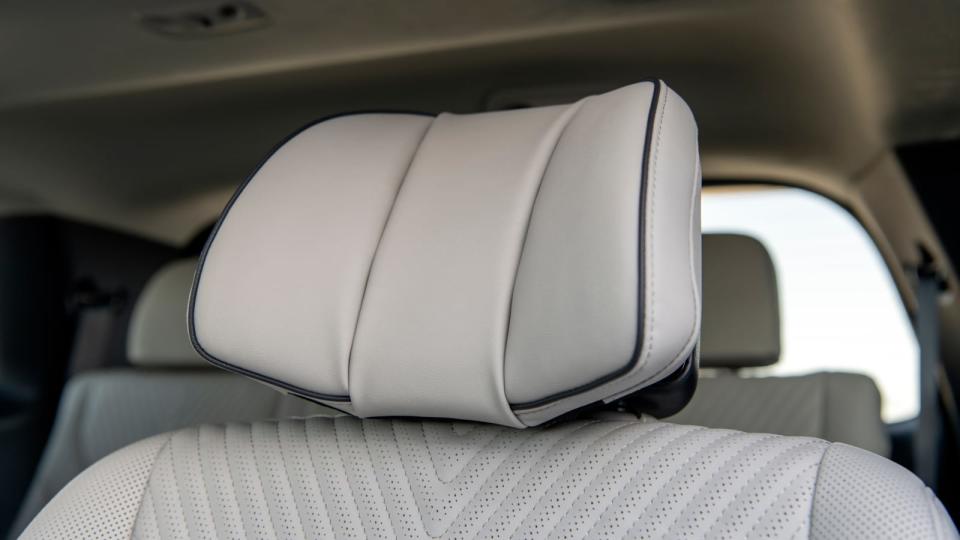
Having spent thousands of miles in our long-term Palisade, it’s abundantly clear that this tweaked Palisade drives nearly identically to the old one. The only minor change noticed was the steering effort. It is both lighter and silkier in operation than before, partly thanks to Hyundai’s new frequency sensing valve that detect rough road impacts and aims to increase stability when the wheel might otherwise be knocked about in your hands. It wasn’t necessary to change anything with how the Palisade drove, though. The V6 has plenty of power for its size and the segment, and its ride and handling are just what we want from a big three-row SUV: comfy, sure-footed, low effort. Yes, the April Fool’s joke about a Palisade N would be awesome if it came true, but Hyundai won’t be doing any such thing.
Crawl inside the new Palisade, and while things seem familiar, there are a lot of notable updates. For starters, the dash gets a revised design that results in a side-to-side, horizontal air vent look. A new steering wheel with horizontal spokes and nicer buttons adds a flash of class. This is complimented by a larger, 12-inch infotainment system and enhanced digital instrument cluster running new software. We dig the crisp new cluster, and similarly enjoy the new digital climate control display in the center stack. The last new screen of note is a rearview camera mirror. It’s impossible to know how well this digital mirror will hold up to environmental conditions until we get our hands on it during a Michigan winter, as South Carolina only provided us with warm sunny conditions for our Palisade drive.
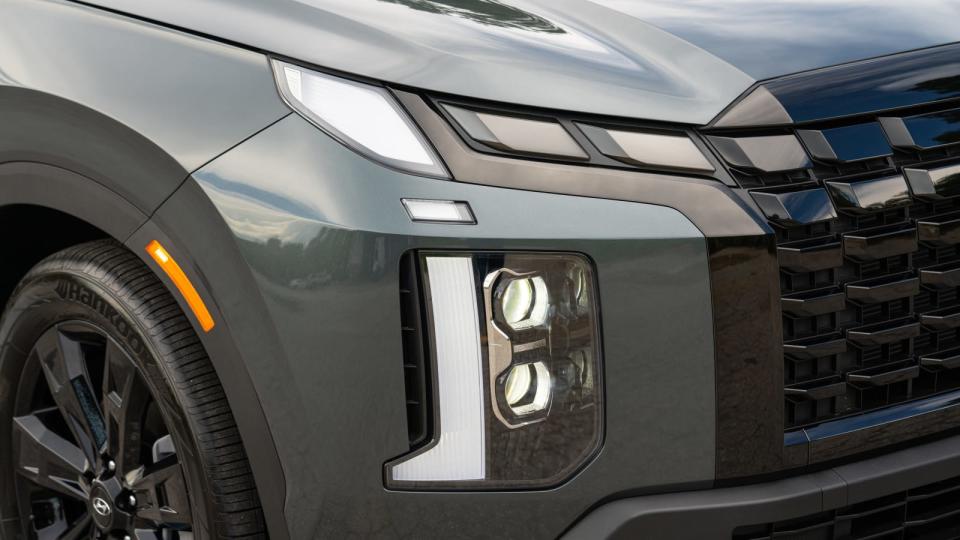
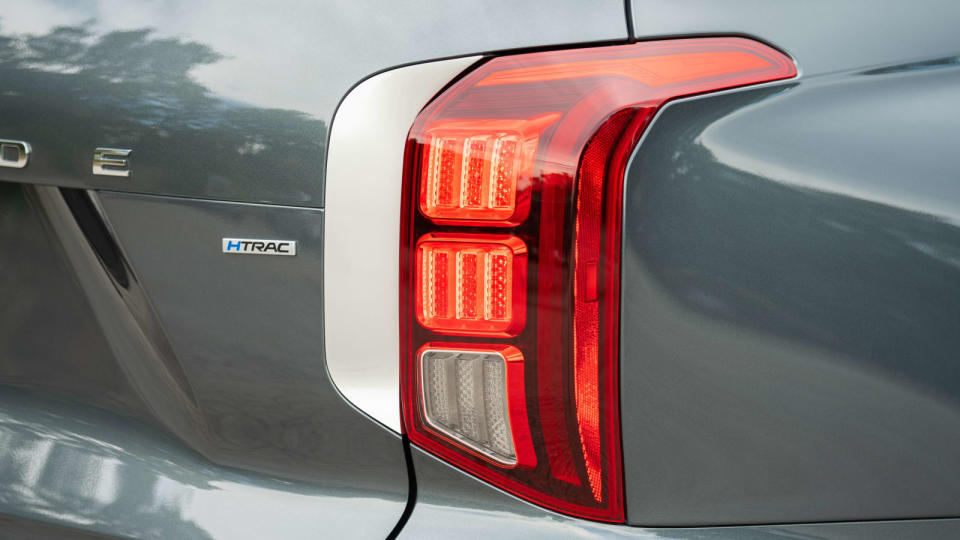
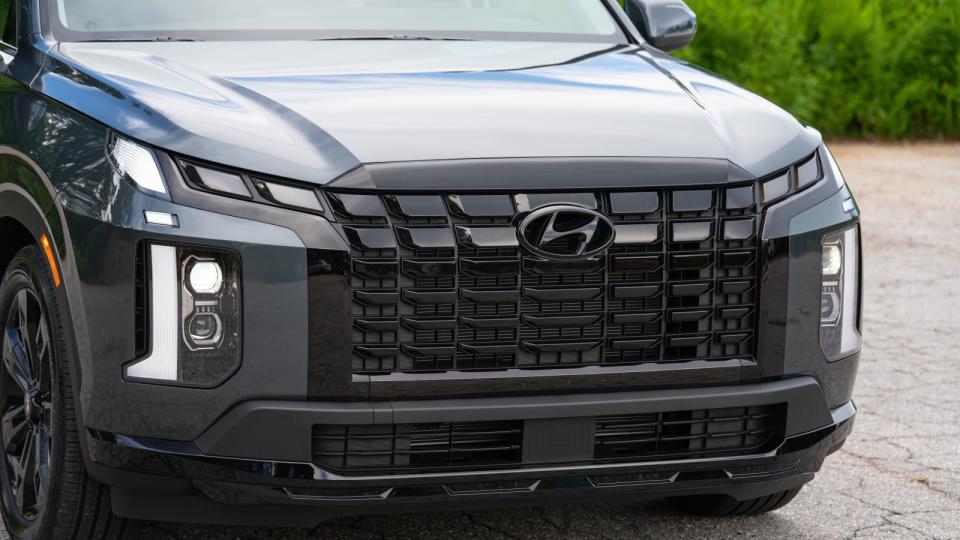

 Yahoo Autos
Yahoo Autos 
